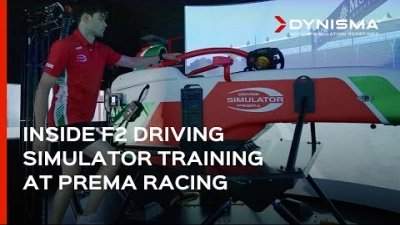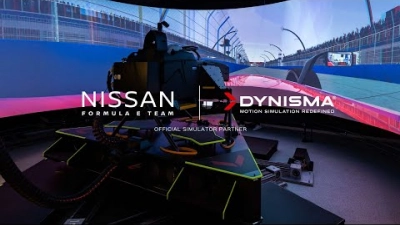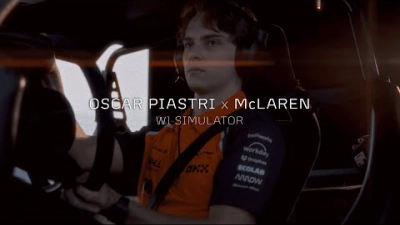In order for a driving simulator to be a useful tool for motorsport or F1 teams, it must display good correlation to a real race car. This means the vehicle model, motion platform and visuals have to be accurate, giving a racing driver the same cues they would feel in reality.
Did you know? In simulators, latency is the delay between something happening with the simulated vehicle model and the motion system providing that feedback to the driver...
In a real car, that latency isn't there. As soon as the car moves, the driver is able to feel it. Most simulators add 20-50ms of latency; effectively slowing down a drivers reaction time. This means a driver cannot feel high frequency cues such as the back end of the car stepping out fast enough to catch the onset of oversteer.
Dynisma's motion generator is the only technology available on the market with imperceptible low latency of 3-4ms - this means drivers using our technology can control their simulated vehicle in the same way they would a real race car.
Watch the video to find out from CEO Ashley Warne and Head of Driving Simulation, Nikhil Garrett how this works on the Dynisma DMG-1 motion platform.



